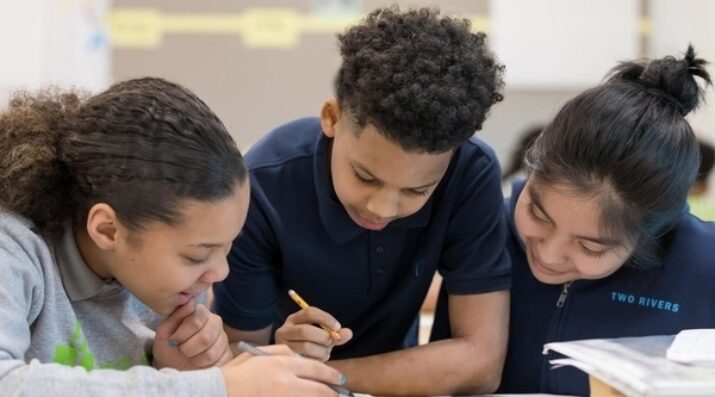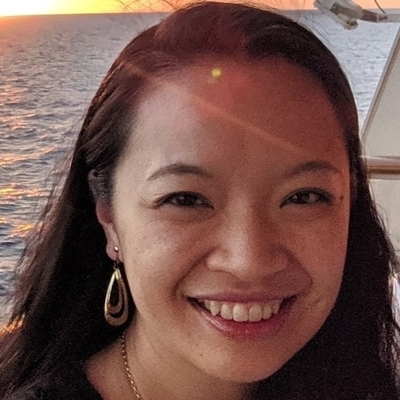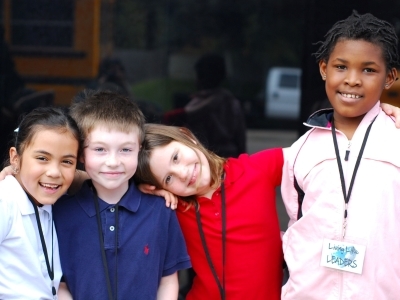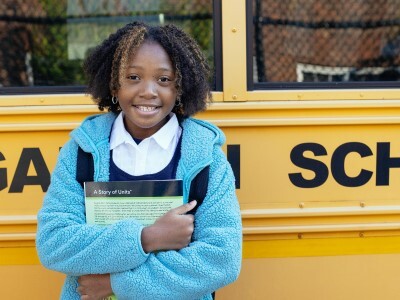Teacher Agency during Remote Learning
Topics

When educators design and create new schools, and live next gen learning themselves, they take the lead in growing next gen learning across the nation. Other educators don’t simply follow and adopt; next gen learning depends on personal and community agency—the will to own the change, fueled by the desire to learn from and with others. Networks and policy play important roles in enabling grassroots approaches to change.
Teachers who have the agency to design remote learning that gives students hope and joy can find their own joy in teaching.
Since COVID changed the course of schooling across the U.S., many articles have been written about the importance of empowering students to have agency over their learning. These difficult times have compelled us to re-imagine and re-design learning in new ways to build stronger student agency and ownership.
As we continue to keep student outcomes at the heart of conversations about what is possible, we must also focus on the teacher as a central character in this story. In order to design experiences that defy all remote odds and give students hope and joy, we must build the agency of our teachers as designers of this joy through finding joy themselves. Our schools need to nurture our teachers as learners and provide them with the conditions and support to both re-imagine and sustain new ways of teaching.
The heartbeat of teacher agency is the internal drive to keep doing great work and persevere through challenges. No other time is this agency and drive more important than teaching during a pandemic. Daniel Pink talks about the power of this adult agency in his book Drive: "The three things that motivate creative people are autonomy, mastery, and purpose." How do schools ensure teachers have a sense of autonomy, build their mastery of teaching during a pandemic, and stay grounded in their purpose for showing up everyday in front of kids, either virtually or in person? And how do we especially support teachers who are also parents to have this agency while tirelessly trying to educate other's children and their own?
At Two Rivers Public Charter School, one example from these past two months of our distance learning provides a window into the questions above. In this example, teachers collaborated with each other and with school leaders to foster intentional autonomy, root the work in authentic purpose, and create the opportunity for mastery through strong teaming norms and structures.
"Real Talk," 5th Grade
Ayawnie and Shawn, two fifth grade teachers at Two Rivers, started preparing for remote teaching by taking a step back and going back to their "why." In the wake of the pandemic and our country's reckoning with racial injustice, both teachers knew that they had to tackle the social-emotional curriculum in a completely different way.
Shawn and Ayawnie grounded themselves in their purpose as educators to create a learning environment that is responsive to the traumas our students have endured. With that purpose in mind, they proposed the following idea to their teaching team and school leadership: What if we redesign our fifth graders' experience of the Second Step social-emotional curriculum used across Two Rivers elementary classrooms, to be more focused on developing the skills for having honest conversations about race, trauma, and COVID? The idea for “Real Talk” was born.
In the “Real Talk” program, both teachers envisioned two sessions with kids per week, where students could learn the skills to have honest, authentic conversations about controversial and personal topics such as racism, loss and grief, and going through trauma. While this was a departure from the scripted Second Step program that the school traditionally uses, the school leadership as well as fellow colleagues on the teaching team gave Ayawnie and Shawn the autonomy to pursue this vision. The teaching team also collaborated with Shawn and Ayawnie to delegate the workload, so that the two of them could focus on mastering the planning and skills needed to give "Real Talk" the time, energy, and resources it deserved, while also balancing the demands of working from home with children.
From this experience, the fifth graders have truly discovered the power of both using their student voices and learning to listen deeply. Shawn and Ayawnie reflected that planning and facilitating "Real Talk" has also continued to strengthen their own sense of teacher agency. Shawn shared,
"When we launched the first day of ‘Real Talk,’ I talked with the students about how this is new for all of us. We may not yet have all the words we need to have these conversations, but we are going to build mastery of these conversation skills together."
Ayawnie shared a similar reflection:
"Being given the autonomy to pursue ‘Real Talk’ has helped me in my adult life to step up when interacting with my colleagues. If I am training my students to have these conversations with their peers, I need to be having them too with my peers across differences."
Both teachers also expressed how "Real Talk" has enabled them to see their students beyond an academic view and to really understand the world from their eyes. Their students have also been able to see their teachers in a new light—one that can only shine when teachers like Ayawnie and Shawn courageously step up to be vulnerable themselves. This new understanding between students and teachers has built trust and conditions for learning that give hope and agency to all.
The “Real Talk” example at Two Rivers shows it is possible to weave a stronger fabric that unites teacher and student agency, rather than pitting them against each other.
Agency as Learners Together
Across our nation, designing education during a pandemic has exposed the already frayed threads that attempt to weave student outcomes with teacher well-being. The “Real Talk” example at Two Rivers shows it is possible to weave a stronger fabric that unites teacher and student agency, rather than pitting them against each other. In order to accomplish this, our schools must prioritize building teacher agency through 1.) ensuring teachers remain anchored in purpose, 2.) are given intentional autonomy rooted in that purpose, and 3.) are supported by structures that allow them to become masters of a new way of teaching. To be learners with agency together in this pandemic is the best vaccine we currently have to stay strong and hopeful in what is possible.
Photo at top courtesy of Two Rivers Public Charter School.




